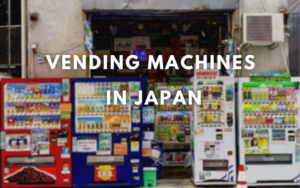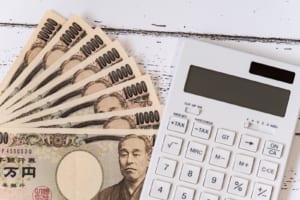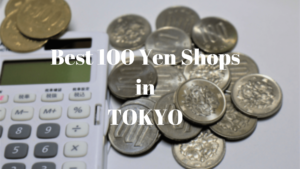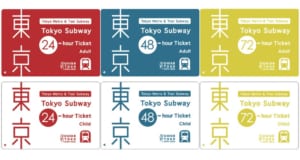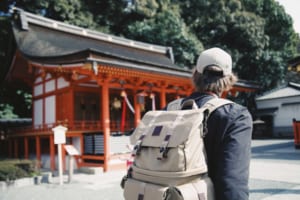Japanese Currency: A Guide for Travelers
Yen for Beginners: A Crash Course in Navigating the Financial Landscape of Japan
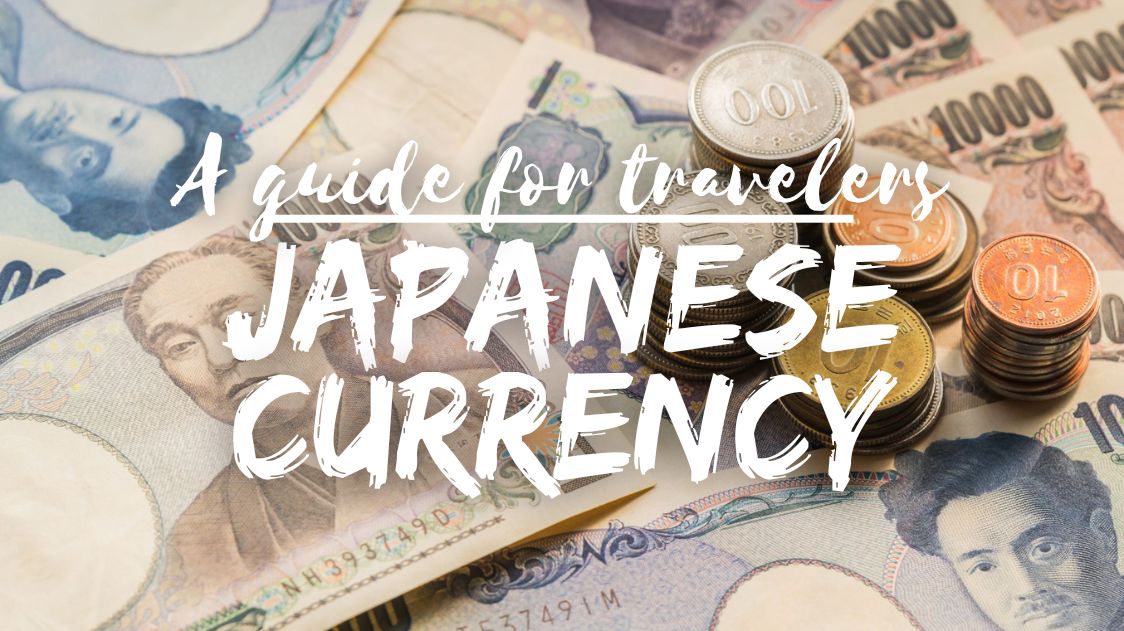
When it comes to traveling in Japan, understanding the country’s currency is as crucial as knowing basic phrases in Japanese if you aim to enjoy a seamless travel experience. In this guide, we’ll discuss the history, denominations, and cultural significance of the yen, equipping you with the knowledge you need to navigate Japan’s financial landscape like a pro. So buckle up, because we’re about to take a journey into the world of Japanese currency.
Here is our complete travelers’ guide to Japanese currency.
▽Check our articles about currency-related matters in Japan!▽
[July 2024 update: Japan has just issued new banknotes! Read here for details]
The Basics: Bills and Coins – Your Pocket Guide to Yen
When you first get your hands on Japanese yen, you might notice they’re not just your run-of-the-mill currency. Each bill and coin is a mini work of art, featuring iconic landmarks, historical figures, and even flora and fauna. But let’s not get carried away; you’re not here for an art history lesson. You’re here to understand what you’ll be carrying in your wallet.
Bills:
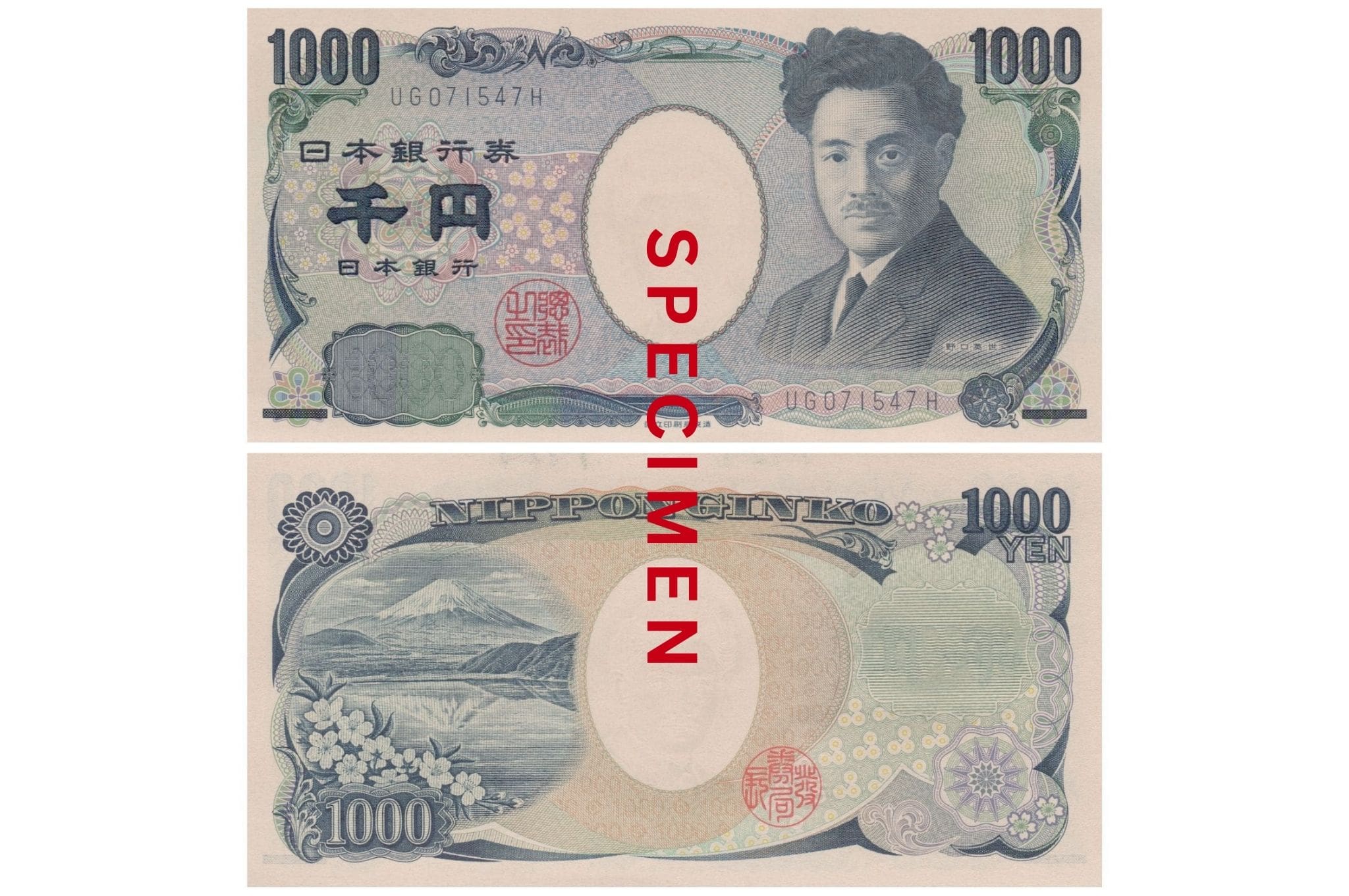 |
|
 |
|
 |
|
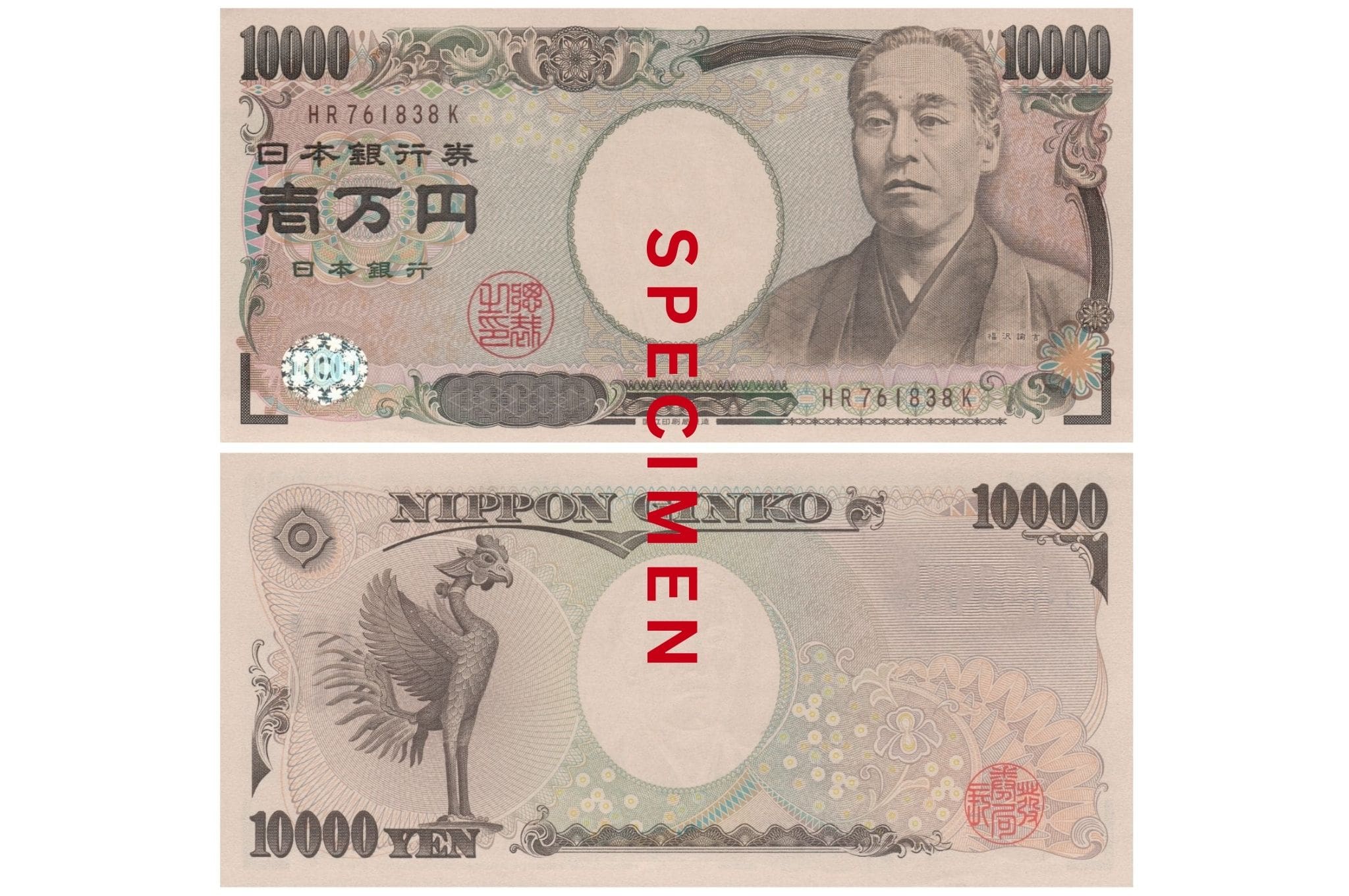 |
|
Coins:
 |
|
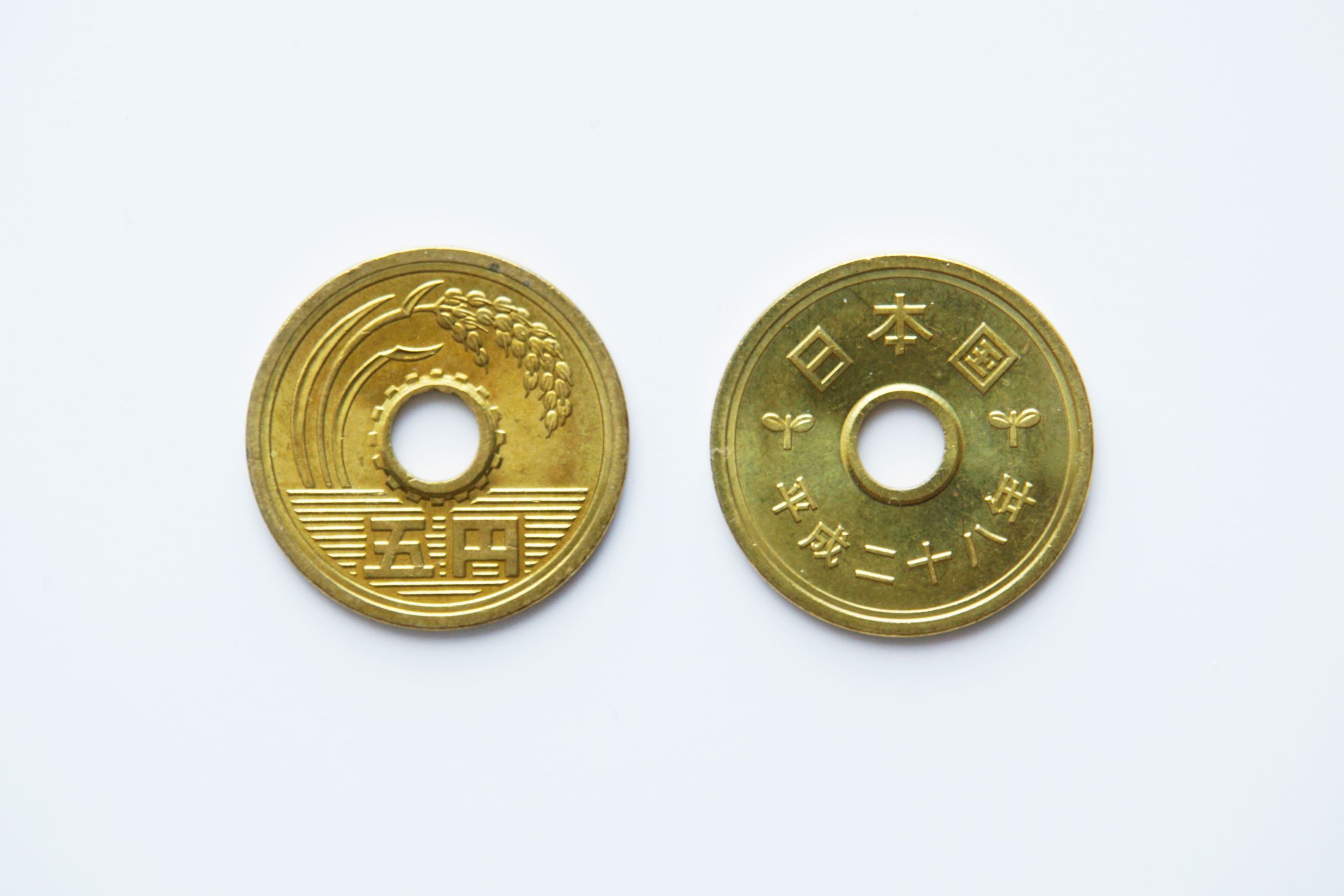 |
|
 |
|
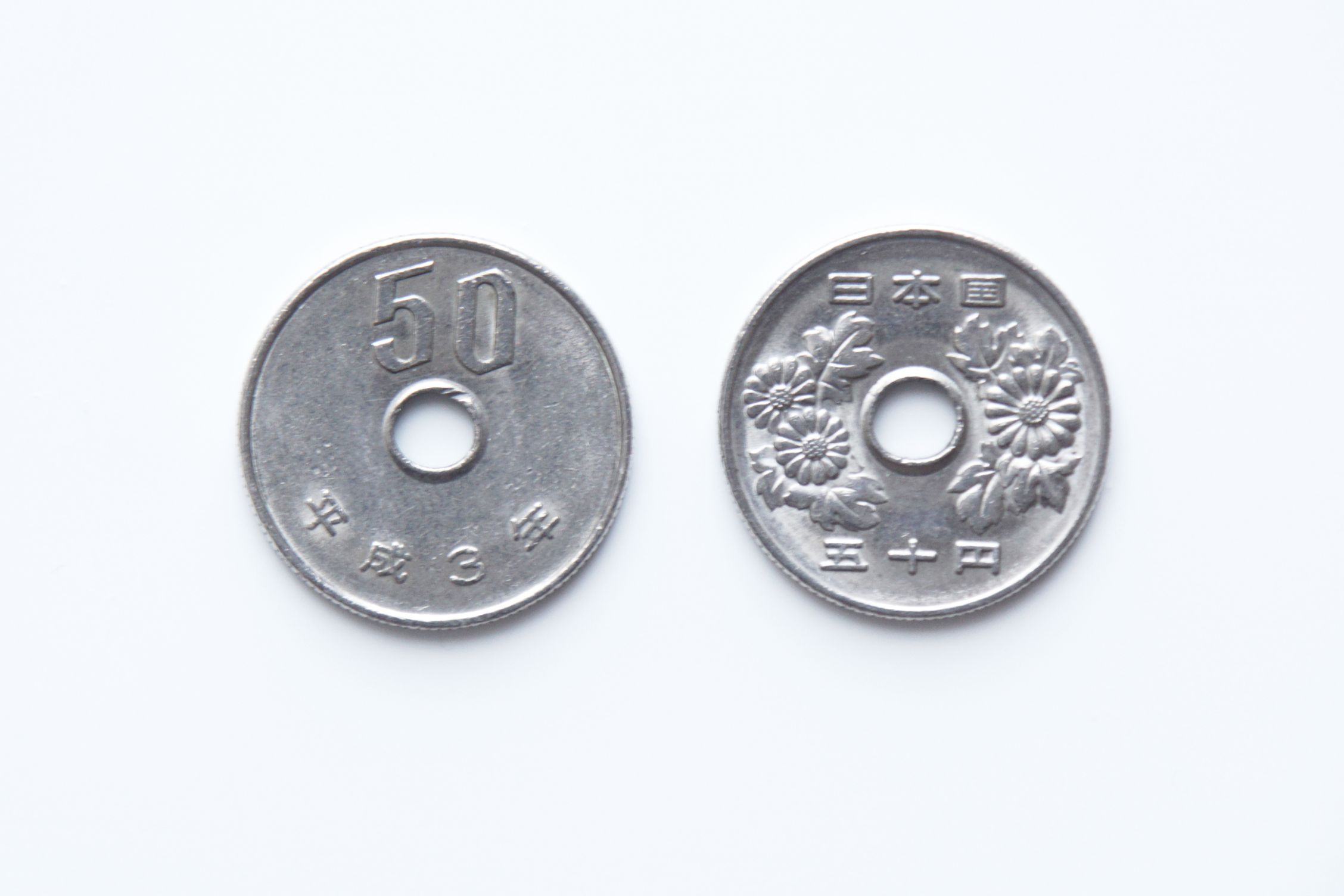 |
|
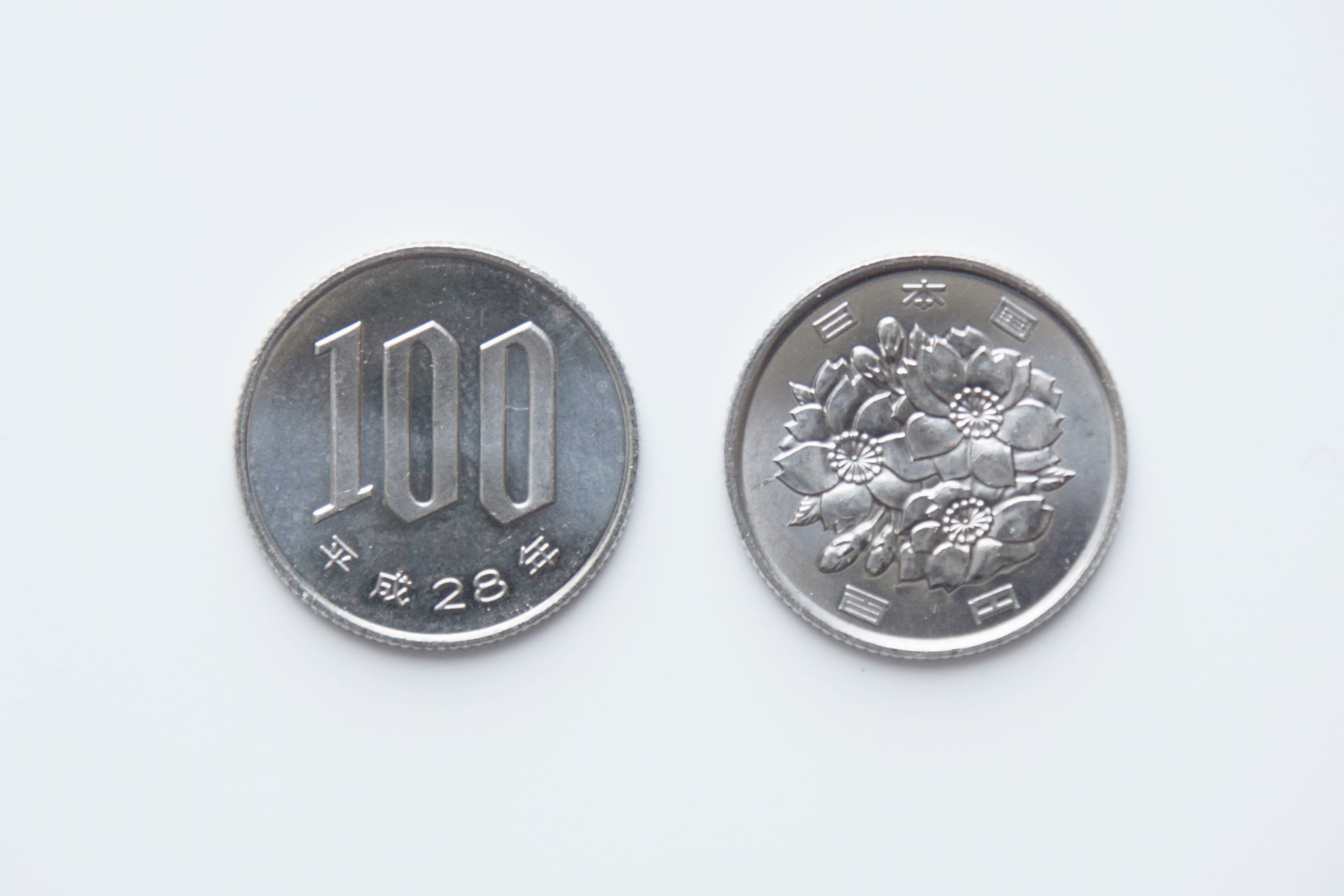 |
|
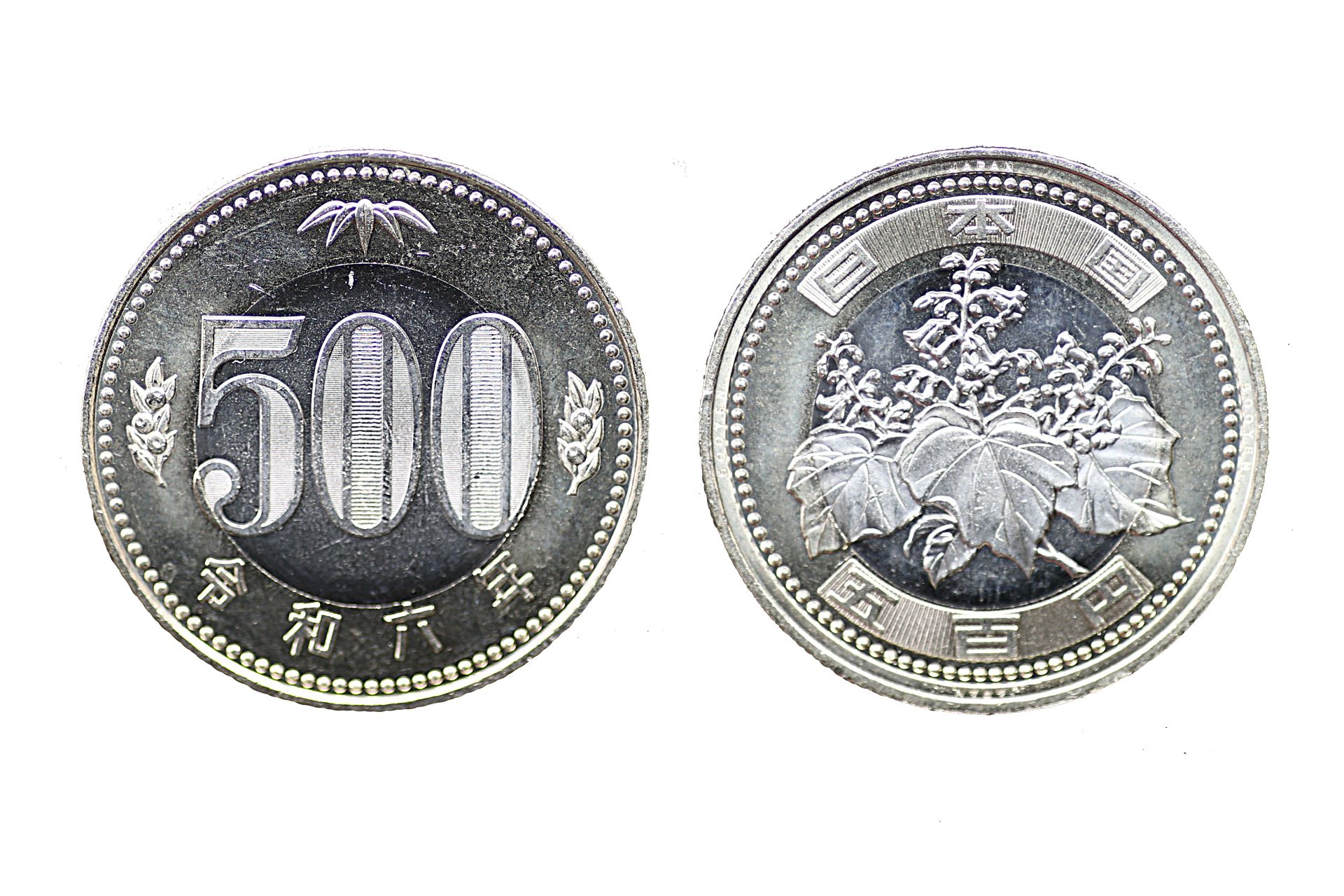 |
|
Fun Facts:
- Japanese coins are stamped with the year of the current emperor’s reign, not the Gregorian calendar year.
- Japanese banknotes are some of the world’s most difficult to counterfeit, so rest easy knowing you won’t encounter any unpleasant surprises while handling yen.
- In late 2021 only the 500 yen coin was renovated. As of 2024, there is still a considerable number of vending machines that do not recognize the new 500 coin.
- Banknote designs were renovated in July 2024. But don’t fret if you still keep some old banknotes from previous trips as you will be able to continue to use them without any problems.
Side Story: The Mystery of the 2,000 Yen Bill
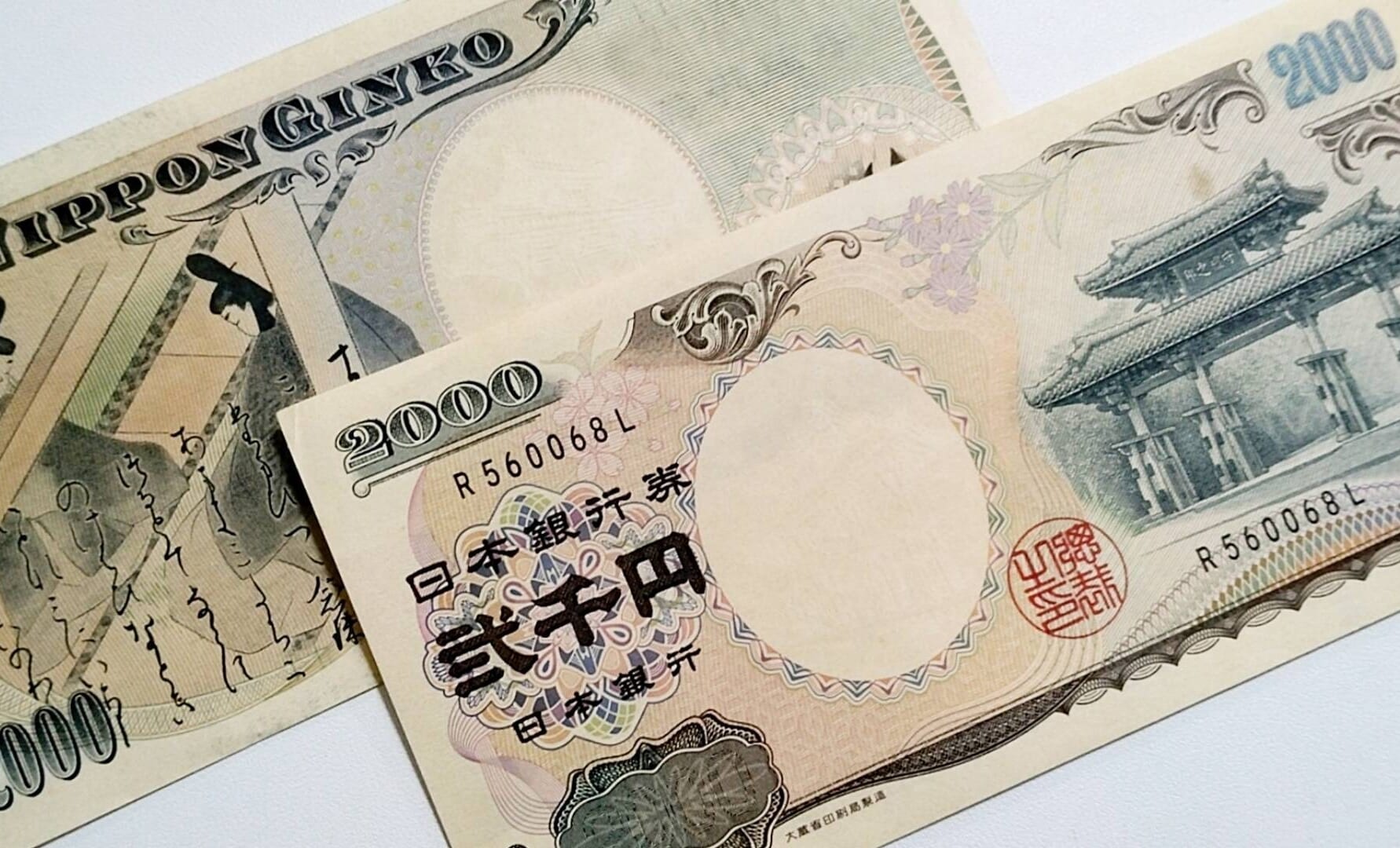
The elusive 2,000-yen bill—a creature so rare in Japan that even some locals have never spotted one in the wild. Some internet stories even warn of ignorant shop owners who refuse these bills believing them to be fake, so rest assured this is a completely legal bill and no single place has the right to deny you its usage. So, why is this particular bill as scarce as a four-leaf clover?
The 2,000-yen bill was first introduced in July 2000 to commemorate the G8 Summit held in Okinawa and the 26th year of the reign of Emperor Akihito. It was a special edition, so to speak, and not part of the regular lineup of Japanese currency.
Cultural Resistance and Vending Machine Woes
In Japan, people are accustomed to dealing with 1,000, 5,000, and 10,000-yen bills. The 2,000-yen bill, being an oddball, didn’t fit neatly into this well-established system. As a result, it never gained traction and became more of a collector’s item than a functional piece of currency.
On top of it, as much as Japan is a land of convenience, and vending machines are a big part of that, sadly there seems to be an exception when it comes to this elusive bill. Many vending machines are calibrated to accept 1,000, 5,000, and 10,000-yen bills, but not the 2,000-yen bill. This practical issue further diminished the bill’s usability.
Limited Circulation
The initial issuance was not followed by regular releases, making the bill even scarcer. While you may still find them in the wild, they’re not commonly dispensed by ATMs or given as change. Generally, foreign tourists are the only ones familiar with these bills as they tend to be dispensed only at the airport’s currency exchange office. If that is the case for you, or you happen to come across a 2,000-yen bill during your travels in Japan, you might want to hold onto a few of these banknotes! Due to its rarity and the beautiful depiction of Shureimon, a gate in Okinawa’s Shuri Castle, the 2,000-yen bill has become a sought-after item for collectors. Some people, like yours truly, prefer to keep it as a keepsake rather than spend it.
Currency Exchange

Where to Make the Swap
- Airports: Convenient but not always the best rates. Good for initial small amounts to cover immediate expenses like transportation to your accommodation.
- Authorized Foreign Exchange Counters: These are specialized currency exchange shops. They offer competitive rates and are often located in tourist areas.
- Banks: A more favorable rate but be prepared for paperwork and business hours. Not ideal if you’re in a rush.
- Post Offices: Yes, you read that right. Japanese post offices offer currency exchange services and usually at decent rates.
Be Mindful of the Timing and Rates
- Weekdays vs. Weekends: Exchange rates fluctuate as the forex market is active during weekdays, so depending on the circumstances, you may notice some significant differences.
- Pay attention to real-time rates before deciding whether it’s worth it to exchange at any given place.
- Some places may charge a flat fee in addition to the exchange rate, so make sure there are no fees beforehand just in case.
Payment Methods in Japan
Traditionally, Japan has been a country with a clear dominance of cash even in recent years, particularly for foreign visitors who often struggled to pay with foreign credit cards even if cards were accepted. However, the payment landscape has dramatically improved in the last few years with the emergence of new cashless options.
▽Check our vocabulary guide for shopping in Japan!▽
▶Useful Japanese Phrases to Use when Shopping
Cash, the Undisputed Ruler
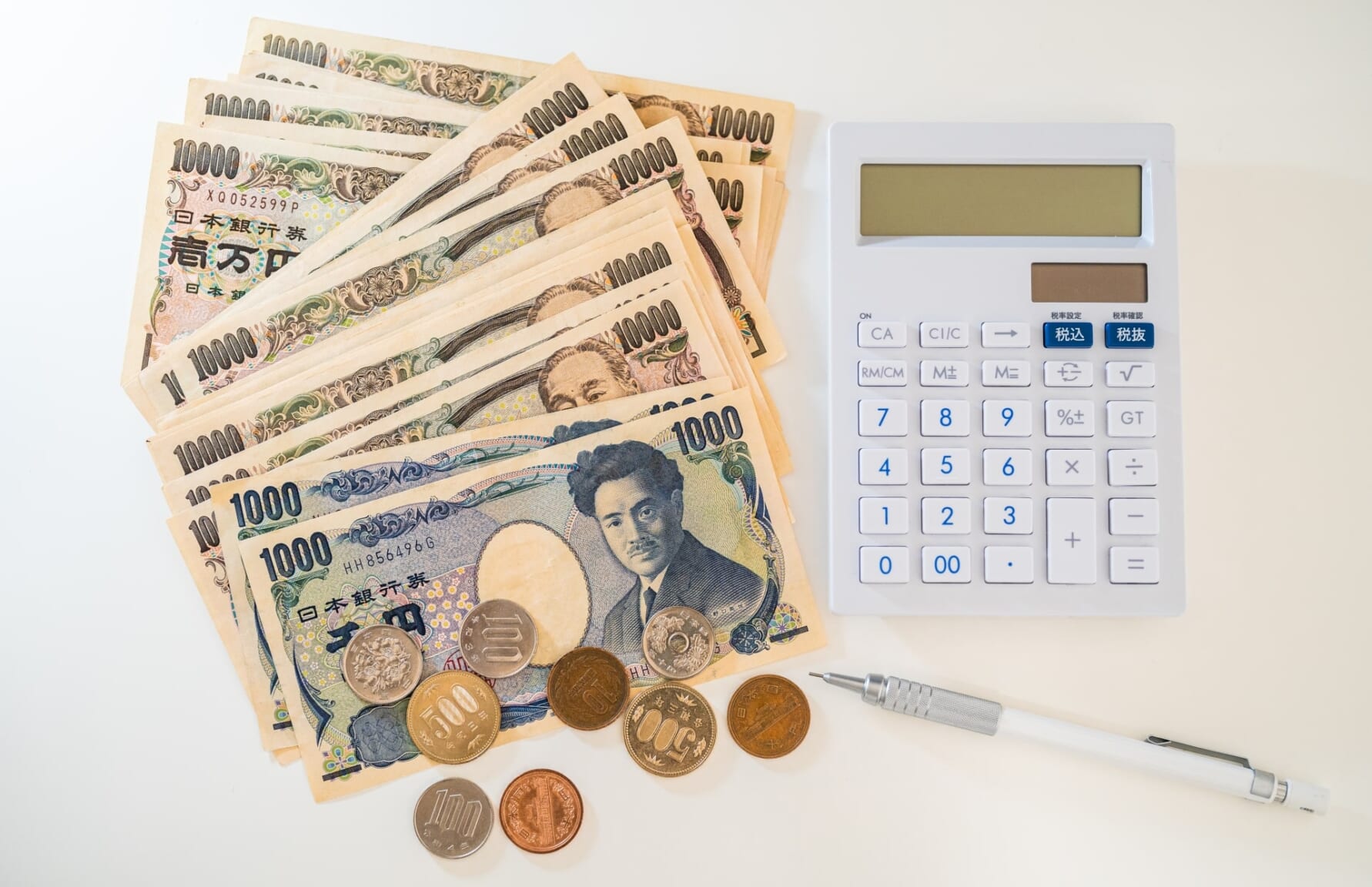
Credit and Debit Cards
While not as universally accepted as cash, credit and debit cards are gaining ground outside of urban areas. Other than that, you are safe to use them at hotels, upscale and mid-range or chain restaurants or chain stores. International banking options like Wise and Revolut are increasingly popular for their ease of use both when it comes to payment and when retrieving cash from ATMs.
IC Cards
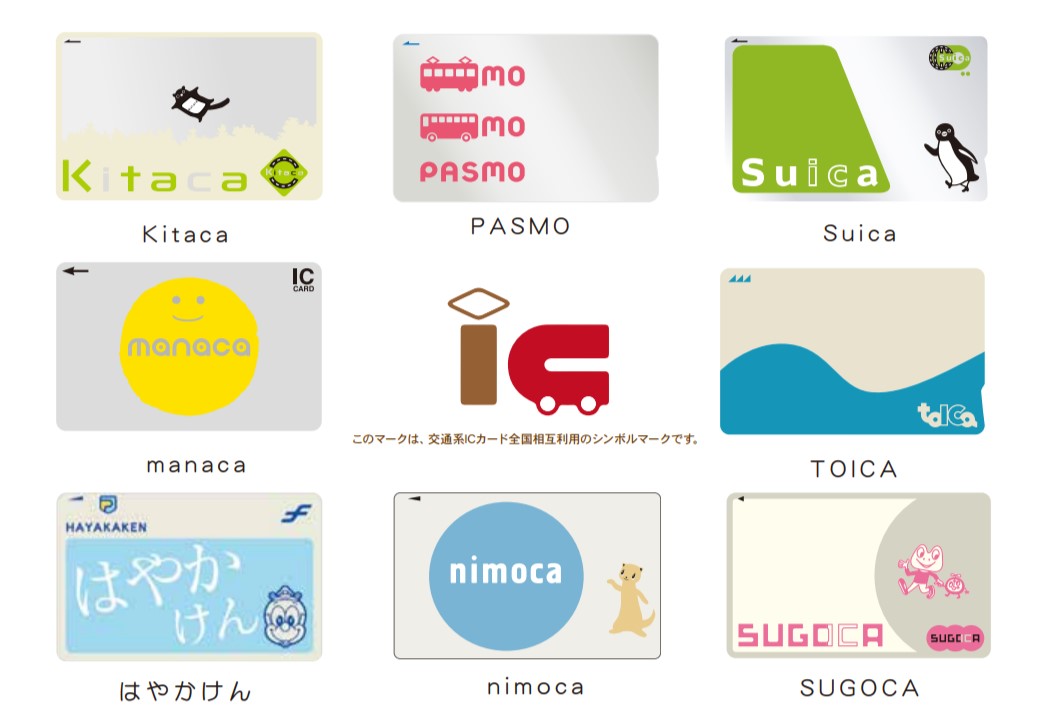
IC cards are prepaid, rechargeable cards used to pay for public transportation, as well as most vending machines and almost all shops. This is the easiest and most convenient payment method for travelers in Japan, as they will need IC cards anyway to move around. Suica, Pasmo, and Icoca are some of the big names, but they’re mostly interchangeable in practical terms.
*Important note: although these are normally easy to obtain in most train/metro stations, the ongoing global semiconductor shortage has forced IC card manufacturers to restrict production, so sales for tourists are suspended until further notice except for the short-term Welcome Suica, available at the airport. Smartphone holders may use mobile alternatives for Suica and Pasmo
Mobile Payments

In all cases, ensure to always have a backup to your preferred payment method, as you never know when one might not be accepted.
Money Etiquette: The Do’s and Don’ts of Yen Handling in Japan
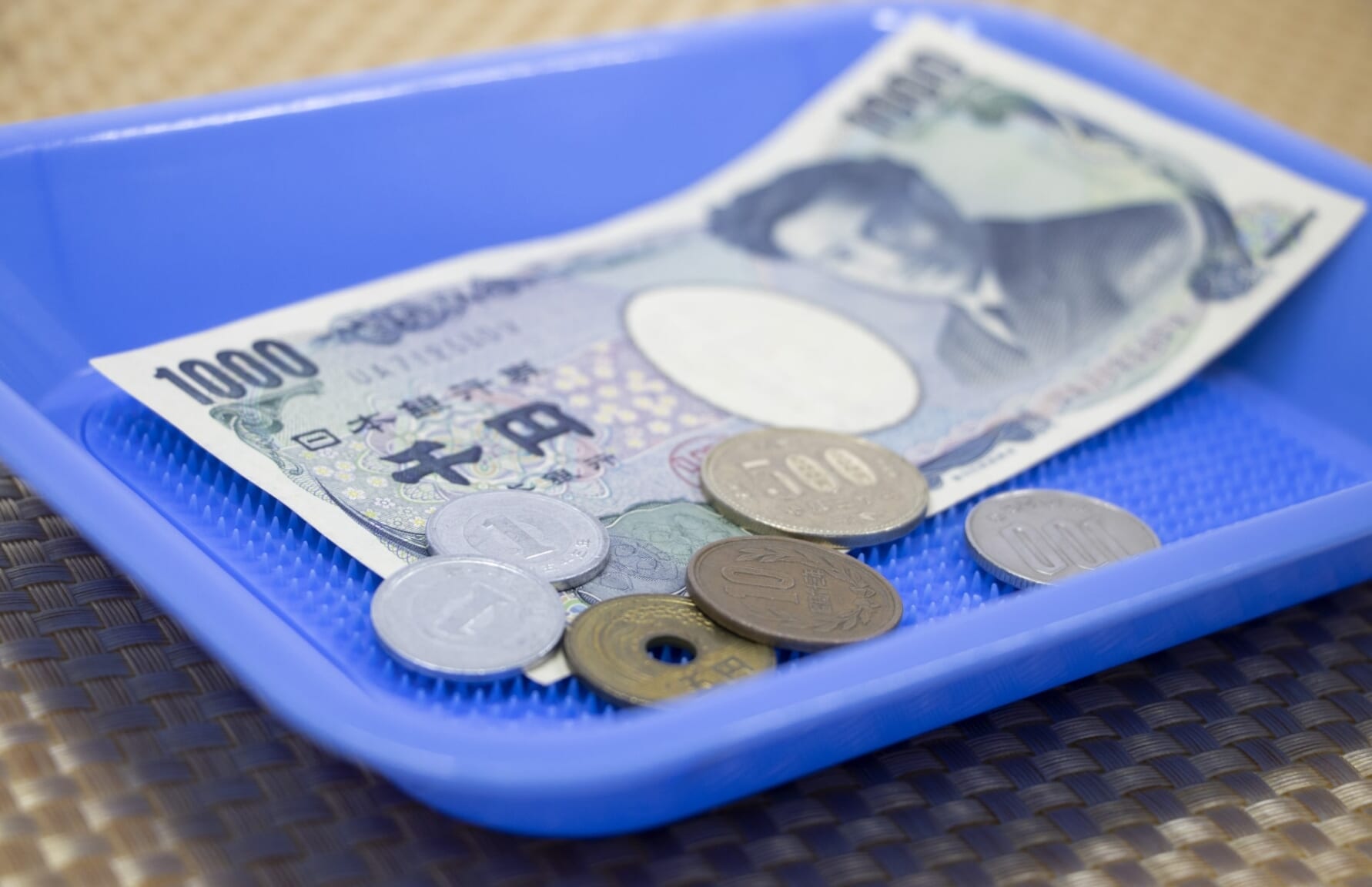
Money transactions are a very straightforward business. However, there are a few unspoken rules in Japan that you should pay attention to:
- Use The Tray! Many establishments provide a small tray for placing your money. Although it may not be a big deal to hand money directly to the cashier, touch is usually frowned upon in Japan, so it’s best to simply place your cash or card on the tray, and the cashier will pick it up from there. Change will be returned the same way.
- Giving and receiving with two hands. Sometimes the cashier may give change directly, in which case it may be done using both hands as a way to show respect or appreciation. In such cases, when in Rome do as the Romans do.
- Avoid wrinkled or folded bills. Folded or wrinkled bills are still valid but frowned upon, so it’s best if you can carry a wallet that allows you to have your bills neatly placed.
- Familiarize yourself with the coins ASAP. This is pretty much a given but no one likes to be waiting in line behind someone fumbling while haphazardly trying to count coins. Some foreigners resort to not using coins at all, resulting in coin purses filled to the brim with unused coins, which is quite impractical.
- No need for tips. Tipping is not a common practice in Japan.
Practical Tips for Travelers
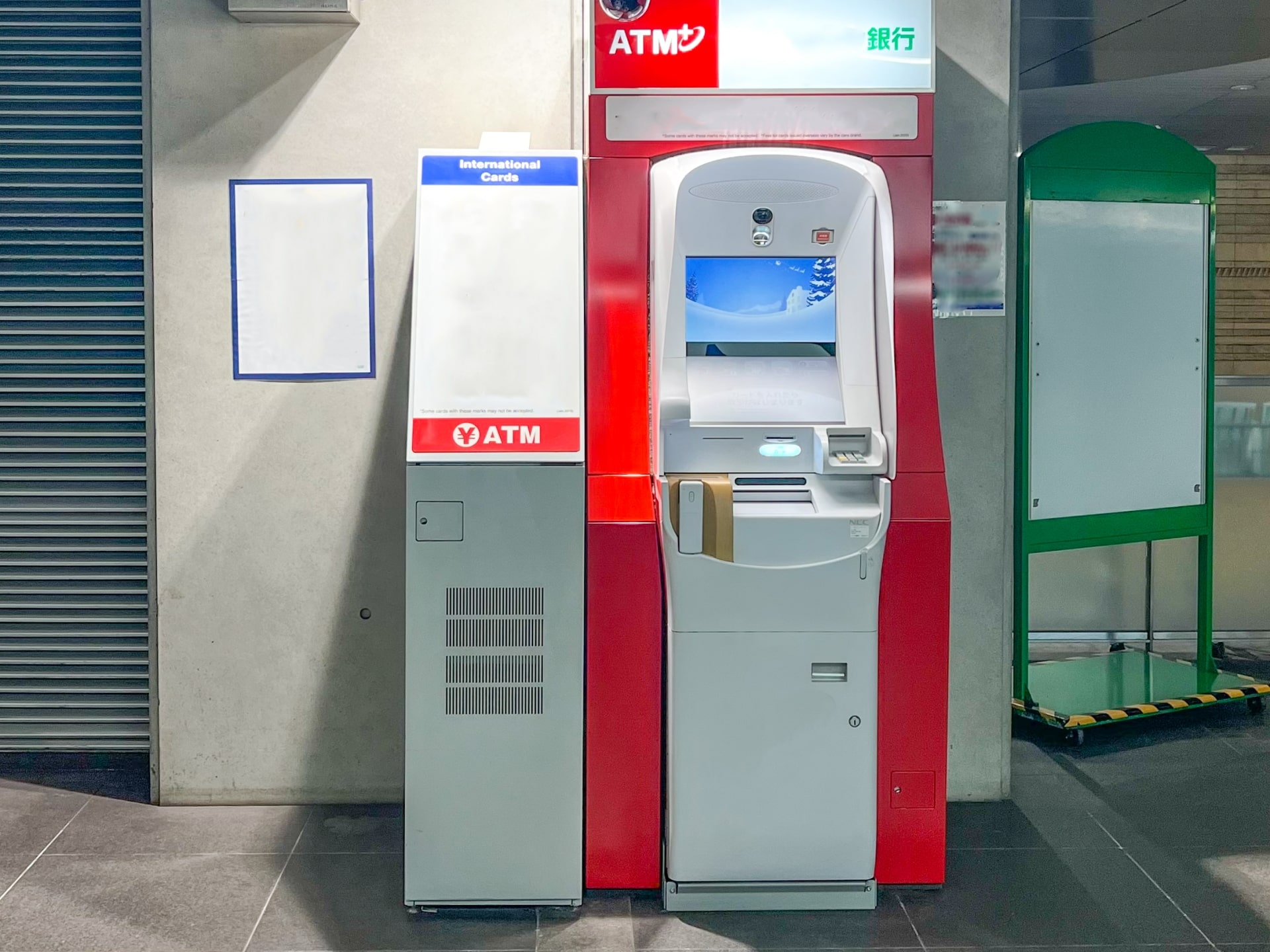
- Make sure you carry enough small denomination banknotes. As cash transactions are still somewhat prevalent, places like taxis or small vendors may struggle a bit if you pay a small amount with a 10,000-yen bill.
- Seek convenience stores for foreign-friendly ATMs. You might be surprised to see that normal bank ATMs tend to not accept international cards, so you better look for convenience stores for suitable ATMs. Occasionally you may find these ATMs on some stations or shopping malls.
▽More information about ATMs in Japan!▽
▶Guide to ATMs in Japan to Withdraw Cash
- Withdraw cash during the day. Believe it or not, some ATMs have business hours so depending on your location, you may find yourself cash-strapped at night.
- Most large department stores have Tax-Free shopping for tourists, usually on purchases of 5,000 yen and up, so you want to take advantage of this whenever possible.
- Make sure to always keep some small change. Not all vending machines accept cashless options. You will also need coins if you want to use coin lockers, a very convenient option to leave your belongings for the day, found almost in all stations and many tourist hotspots.
Navigating the financial landscape of Japan might initially seem like deciphering a complex sushi menu. But once you get the hang of it, you’ll find that it’s not just manageable but also part of the adventure. From the tactile pleasure of handling crisp yen bills to the satisfaction of snagging a lunch special, understanding Japanese currency and payment methods enriches your travel experience in ways you might not have expected. So go forth, intrepid traveler, and may your yen take you far—both literally and figuratively.
Check our articles about currency-related matters in Japan!
▽Subscribe to our free news magazine!▽
For more information about practical matters during your travels, check these articles below, too!
▽Related Articles▽
▼Editor’s Picks▼
Written by
Photographer, journalist, and avid urban cyclist, making sense of Japan since 2017. I was born in Caracas and lived for 14 years in Barcelona before moving to Tokyo. Currently working towards my goal of visiting every prefecture in Japan, I hope to share with readers the everlasting joy of discovery and the neverending urge to keep exploring.





